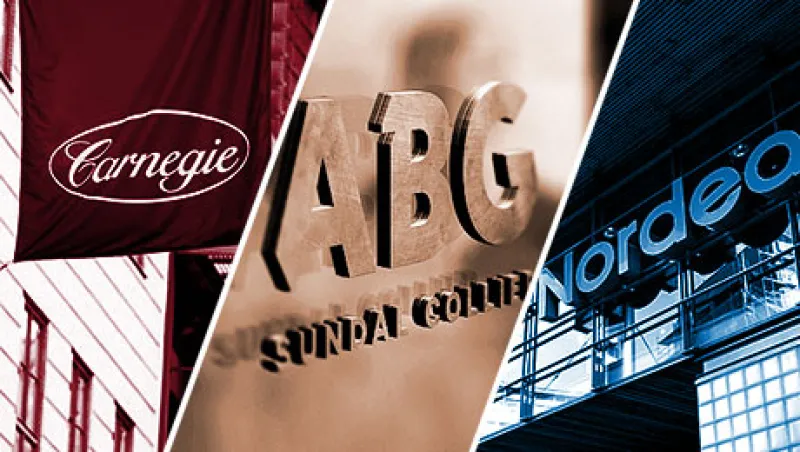Swedish bank Nordea is “optimistic” about Nordic economies in 2017, after equities in the region moved higher over the past year.
Sweden should see another year of 3 percent growth in gross domestic product in 2017 with increasing demand for its goods at home and abroad, Nordea said in its economic outlook dated March 28. Norway’s exports, meanwhile, should rise due in part to weakness in its currency, the bank said, while low interest rates and expansionary fiscal policy will help boost domestic demand for goods and services. Growth in Denmark will be driven by private consumption and gradually increasing investment activity, according to Nordea, which sees Finland riding a “tailwind” from 2016, when it recorded the highest GDP growth rate in the past five years at 1.4 percent.
The Nordic market is still best understood by local banks as large, global banks tend to focus on broader regions such as Europe and Asia. To understand the market, Institutional Investor has introduced its first Nordic Brokers ranking, asking investors in Nordic equities to rate the brokerage firms that mainly serve Denmark, Finland, Iceland, Norway, and Sweden, II’s survey also considered brokers providing services in Greenland, the Faroe Islands, and the Åland Islands.
Nordea Markets takes first place in providing Nordic company coverage, followed by Carnegie Investment Bank, and ABG Sundal Collier. In “high-touch trading,” or providing financial advice through human interaction, Carnegie nabs the top spot according to attributes such as quality of sales traders and customer service, and access to liquidity, or assets that can be easily bought and sold.
While electronic trading becomes increasingly popular in other regions, Carnegie is still interacting with clients before executing trades, said Henric Falkenberg, head of securities at Carnegie. “The Nordic equity market consists of lots of mid-cap companies where liquidity is poor, and we have found it better to execute more manually.”
Still, being able to provide “the latest and greatest in trading technology” will be important to meeting buy-side demands, says Per Flostrand, head of international sales at ABG Sundal Collier, which took second place in high-touch trading.
“The future is already here in the sense that investors can choose to transact with low-touch at low cost, or higher touch at higher cost,” Flostrand said. In either case, brokers will need to comply with the second phase of the Markets in Financial Instruments Directive, or regulation known as MiFID II, in order to get paid for trading, he said. The new rules take effect January 2018.
Flostrand added that the most active sectors in Nordic markets are banks and industrials, while noting that energy and oil services have recently seen a comeback from “oblivion.”
See full ranking here.






